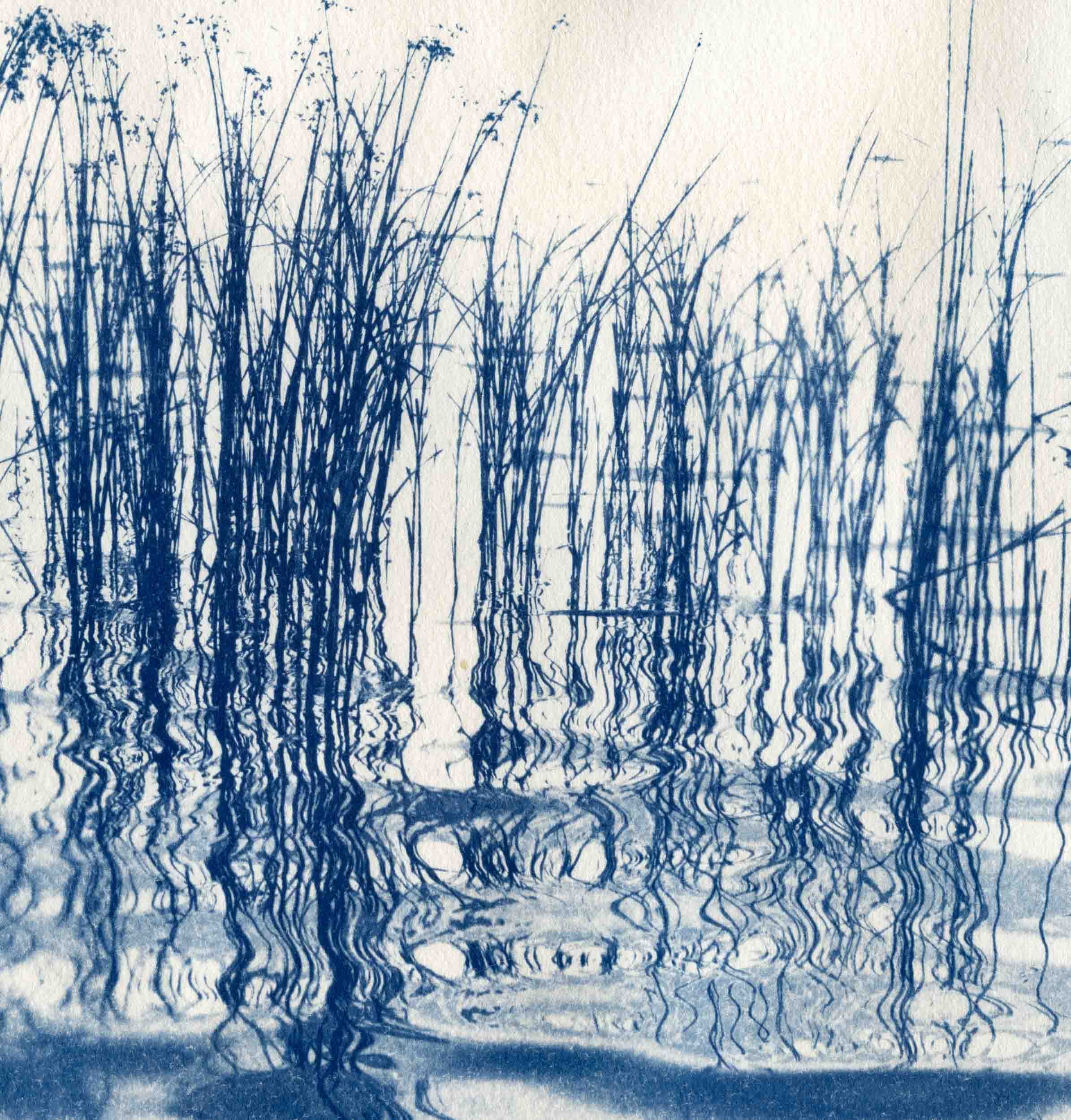All images are cyanotype on paper or wet-plate collodion photograms on tin. You can see more on my art Instagram.
Photograms are camera-less images made by placing objects directly onto light-sensitive material and exposing to light.
Invented by British photographer Frederick Scott Archer in 1851, wet-plate collodion is one of the oldest darkroom processes, used widely during the American Civil War.
A year after Archer introduced the wet-plate process, gentleman scientist Sir John Hershel discovered a simpler iron-based process that created permanent photographic images in a range of rich blues: the cyanotype.
Anna Atkins, a pioneering female photographer, began experimenting with Hershel's formula soon after to craft gorgeous, otherworldly photograms with algae, feathers, ferns, and water plants, publishing the first photography book in 1843.








